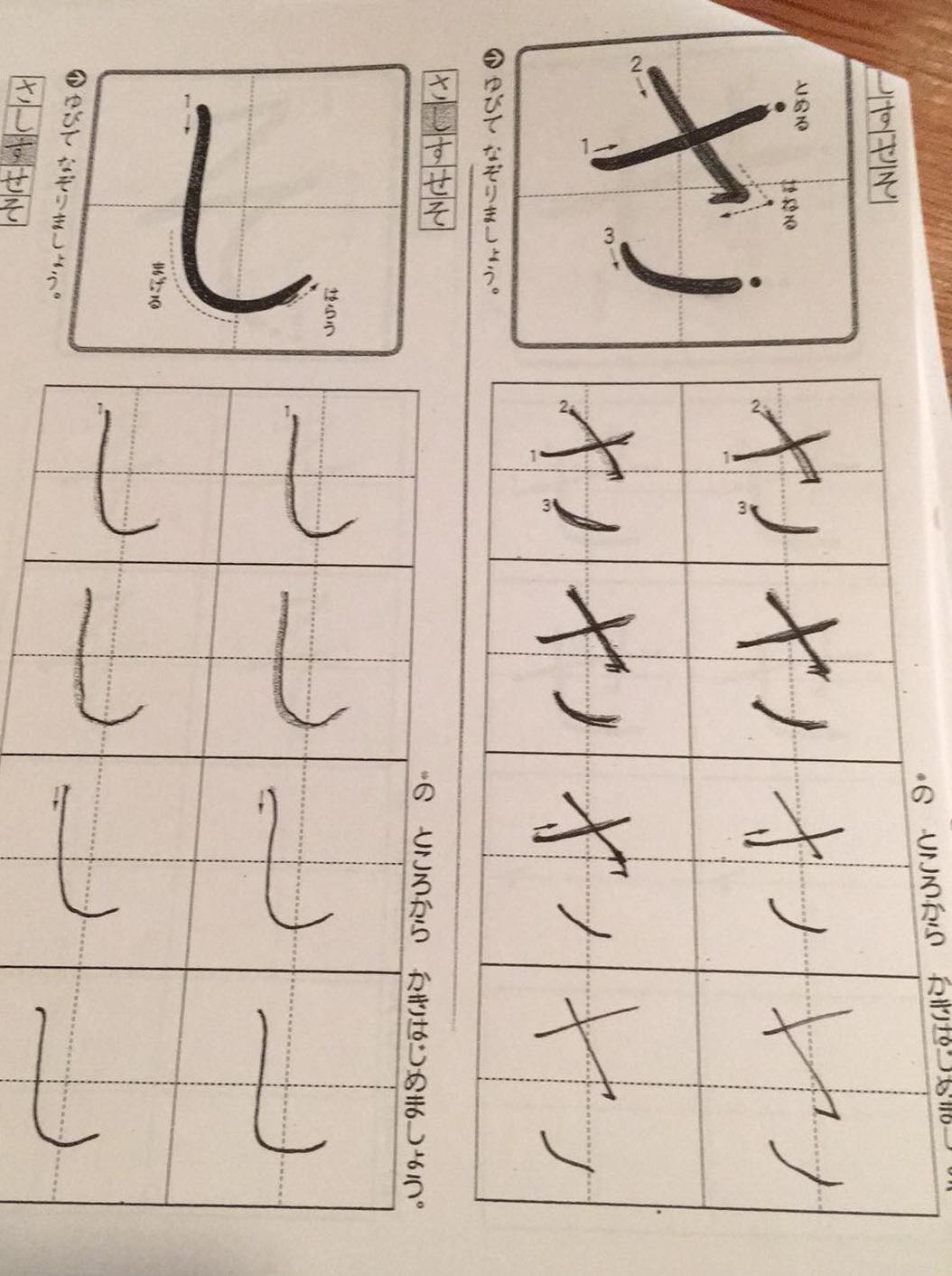In this post, I set out to explain two basic types of microphones and how they work. This post is in some ways a successor to my previous post about signal processing and flow; if you didn’t read that one already, and you have a spare few minutes, I recommend checking that out first. It might provide some useful background information about and motivation for caring about how microphones fit into the whole “getting sound from the air into a computer” business.
Click to read on…
Imagine the scene: it’s a crisp fall night, and you’re inside the impossibly European confines of a spacious, Altbau apartment in Linz, Austria. You’ve arrived at the party and the visual dissonance takes a minute to digest – clean, elegant décor is juxtaposed against the streetwear-clad DJs and electronic music enthusiasts who frequent Linz’s most beloved dive bars. You’ve caught the party on an upswing; something on vinyl spins in the background and glasses are filled and refilled with open bottles on the kitchen island. You can’t help but notice that your prissy, velvet shirt doesn’t quite fit with the blur of streetwear in the room — oversized, vintage Adidas, Fred Perry sweatshirts, and sleek, Acne Studios jewelry. Skinny Russian cigarettes dangle between fingers, and new-wave fanny packs, draped across the chest, are most likely stuffed with rolling papers and tobacco.
Click to read on…
This week’s post is written with inspiration from my young and bright cousin, Karston Ryan. A couple of weeks ago I asked him if he would like to write a post on our TWIL page here, and he graciously declined my offer. However, he mentioned that he was curious about something called a gravity model. Luckily, I have no prior knowledge of this topic and it sounds intriguing, so hopefully you readers out there and myself will learn something new together as I write this post. This one’s for you, cuz.
Click to read on…
This week, I’d like to share the first in a two-part series, in which I talk through some architectural examples of two concepts—restoration and obsolescence—that have been floating around in some of the media I’ve been consuming recently. I’m going to start with restoration.
Click to read on…
A couple months ago, I decided that I wanted to begin learning a new language. I have been learning German for about 5 years at this point, and after years of classroom study and living abroad, I have reached a point where the amount of effort it requires to make even a small leap in practical knowledge is sometimes overwhelming.
Click to read on…
Recently I’ve been writing case summaries of Supreme Court decisions for a legal education startup. One of the cases I wrote about this past week is Lujan v Defenders of Wildlife (1992), which concerns an amendment to the Endangered Species Act of 1973 (ESA). The ESA lays out guidelines for what qualifies as a threatened or endangered species, and requires the Secretary of the Interior to use those guidelines to make a list of threatened or endangered species and each species’ critical habitat. Section 7((a)(2)) of the ESA requires federal agencies to consult with the Secretary of the Interior to ensure that any actions the Secretary authorizes will not threaten or harm endangered species or natural habitats. The amendment at issue in Lujan v Defenders of Wildlife eliminated the requirement that agencies funding overseas projects consult the Secretary to evaluate the potential impact of proposed projects on endangered species. After Congress passed the amendment in 1986, Defenders of Wildlife and several other environmental organizations sued then-Secretary of the Interior Manuel Lujan, Jr. under the claim that the amendment unlawfully established a geographic limit to the Endangered Species Act.
Click to read on…





